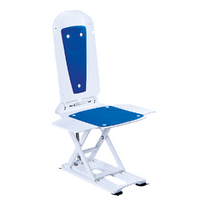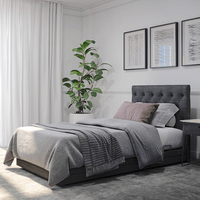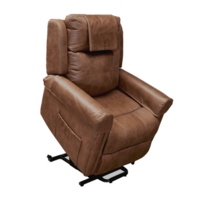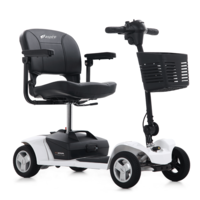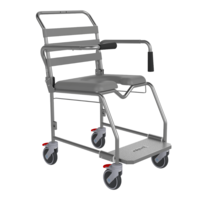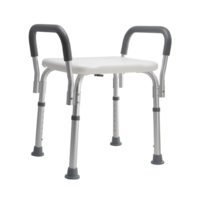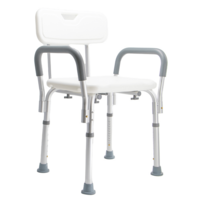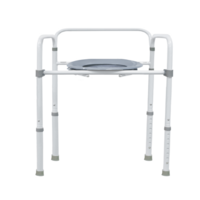What to consider when choosing bathroom aids

When it comes to choosing any bathroom mobility aid, it all comes down to the particular needs of the user – both now and in the future. You’ll want to consider what tasks they find difficult to carry out unaided and what supports they might want to maintain as much independence and privacy as possible.
Your occupational therapist and other medical professionals can also guide you through the options and identify the right assistance.
What are the essential tasks that you might need help with?
You may have noticed or spoken about certain bathroom tasks that have become more difficult. Perhaps you’ve experienced a slip or fall, or a ‘near miss’. Maybe showering isn't being carried out as frequently because of the effort involved. Or there is an expected change in health or mobility that will require more assistance.
How much space is available in the bathroom?
Some mobility aids require a lot of space to use them and may not work in smaller areas. Showers with a lip or edge may not allow a shower commode to be wheeled in (although it is possible to modify an existing shower in some cases – your occupational therapist may be able to provide options).
How is the bathroom currently being used?
Consider how you actually use the bathroom and what personal care tasks you prefer. There’s little point buying a bath lift if you like to shower instead, for example.
Do you tend to get dressed in the bathroom or in the bedroom? Do you use the downstairs toilet more during the day, so that’s the one that should be fitted with an over toilet aid? If you’re installing a grab bar or handrail, which surfaces do you naturally reach for for support?
Any mobility aid you buy should be something that supports your current needs, ability and lifestyle.
What is your budget?
Budget is an important consideration when it comes to choosing any mobility aid or assistive equipment. However, consider that cheaper isn’t always the best solution. Durability is important – particularly for mobility aids that will be used daily and exposed to wet areas.
Plenty of mobility aids offer multiple uses – for example an over toilet aid can also be used as a bedside commode. Adjustable elements, like the height of a chair, allow the mobility aid to be adapted to different users or as needs change

















